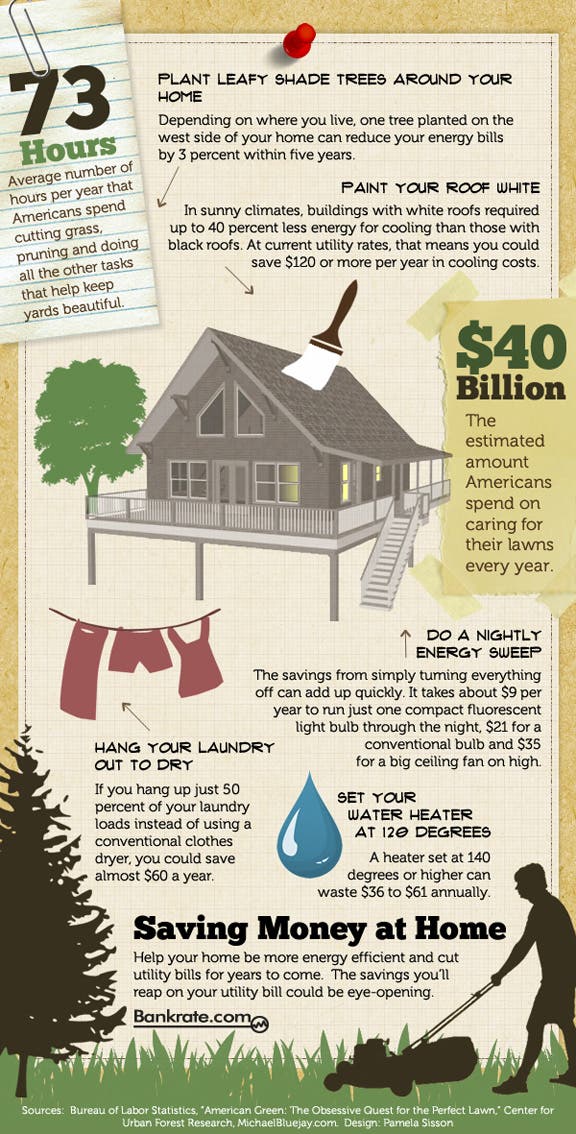Indications Indicating The Need For Tree Elimination: Recognizing Risky Trees
Indications Indicating The Need For Tree Elimination: Recognizing Risky Trees
Blog Article
Content Develop By-McDonald Hubbard
When it comes to tree treatment, recognizing the signs that it's time for elimination is important for your security and residential or commercial property. You might discover discolored fallen leaves, wilting branches, or weird fungal growths indicating illness. Structural concerns, like a significant lean or cracks in the trunk, can additionally present risks. Comprehending these warning signs can help you make educated choices regarding your trees and stop prospective threats lurking in your yard. What should you look for next?
Indicators of Decay and Illness
When you discover indications of decay and disease in your trees, it's crucial to act rapidly. Try to find tarnished leaves, wilting branches, or unusual growths like fungus. These can indicate that your tree is struggling.
If you see splits in the bark or soft, mushy timber, these signs and symptoms suggest interior degeneration. Furthermore, a sudden increase in pests around your tree can signify that it's damaged and vulnerable.
Check for any dead or dying limbs, as they position a threat to your residential property and safety. If you doubt regarding what you see, speaking with an arborist can supply clearness.
Addressing these indications early can conserve you from more substantial damage and guarantee the wellness of your lawn. Do not wait until it's far too late.
Structural Instability and Leaning
As you observe your trees, watch out for any type of indicators of architectural instability or leaning. If a tree leans substantially, it might show that the origin system is compromised.
Try to find any type of splits in the trunk or dirt around the base; these can signify possible failing. Additionally, check for unusual development patterns, like a lopsided crown, which may suggest that the tree is struggling to hold itself upright.
If you see that the tree leans toward your home, power lines, or various other structures, it postures a higher danger. Do not ignore these signs-- get in touch with an arborist to assess the situation.
Taking action early can prevent pricey damages and ensure your safety.
Dead or Dying Branches and Foliage
If you notice dead or passing away branches and vegetation on your tree, it's a clear indication that something's incorrect.
These unhealthy areas can suggest underlying issues like illness, insect invasions, or ecological stress. When Stump Grinding Near Me shed their leaves or turn brown, they're no more adding to the tree's health and wellness. Ignoring these indications could cause more decrease, making your tree extra unsafe.
Dead branches can quickly break off during tornados, positioning a danger to residential property and people close by. https://smallbusiness.chron.com/start-tree-cutting-business-2172.html to analyze the degree of the damage.
If the trouble influences a substantial part of the tree, think about consulting a specialist. They can help identify if elimination is required to make certain security and maintain the appeal of your landscape.
Final thought
If you discover any indications of decay, architectural instability, or dead branches on your trees, don't disregard them. These indications can posture major safety and security dangers to you and your residential or commercial property. It's constantly best to get in touch with an expert arborist who can offer a specialist analysis of your trees. Acting early can avoid accidents and expensive damage, guaranteeing your landscape continues to be safe and healthy. Bear in mind, it's better to be aggressive regarding tree treatment than to wait on a disaster to occur.
